24+ MLA Format Sources Examples to Download
MLA Format is widely used in academic writing, specifically in the fields of humanities and liberal arts. It provides a standardized method for citing sources in essays, research papers, and other scholarly works. Understanding how to format and cite sources properly is essential for maintaining academic integrity and giving credit to the original authors. In this article, we will explore examples of MLA Format sources, provide a step-by-step guide on how to cite sources in MLA Format, address frequently asked questions, and conclude with key takeaways.
1. MLA Style Format Sources

mtroyal.ca
2. MLA Format Online Source
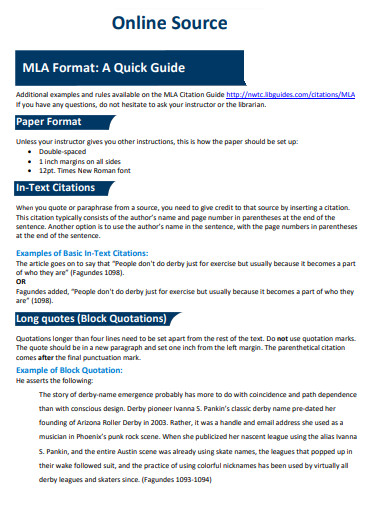
nwtc.edu
3. MLA Format Source Work Cited
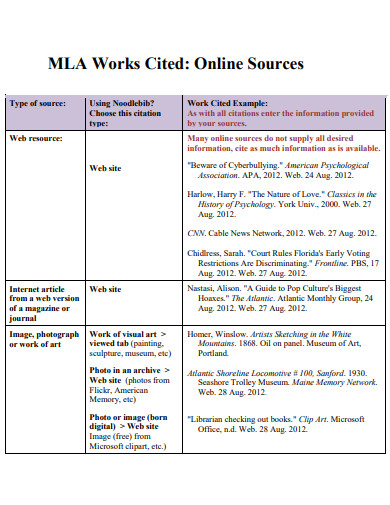
maine.gov
4. MLA Format Source 9th Edition

cccti.edu
5. MLA Format Document Source
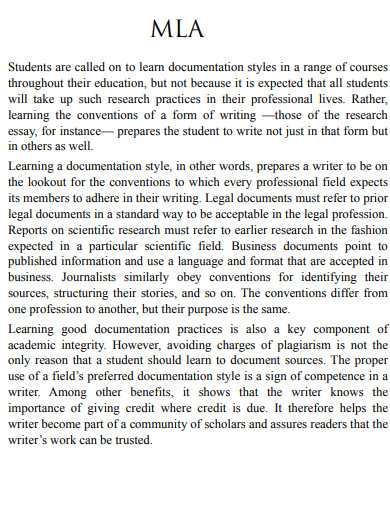
upla.cl
6. MLA Format Evaluate Source

pearson.com
7. MLA Format Text Citation Source
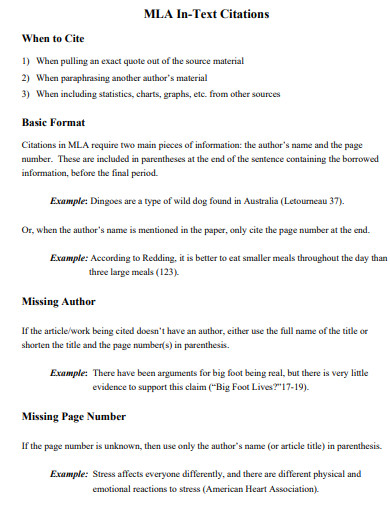
publicwebuploads.uwec.edu
8. MLA Format Popular Source
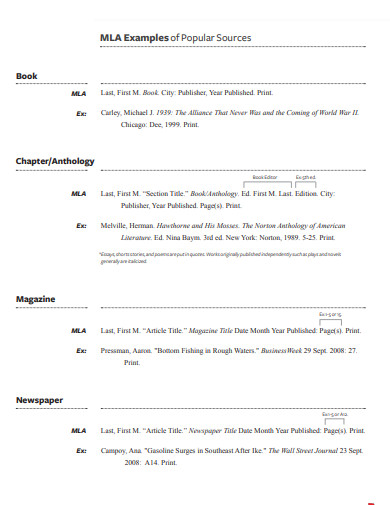
mvsu.edu
9. MLA Format Works Cited Source
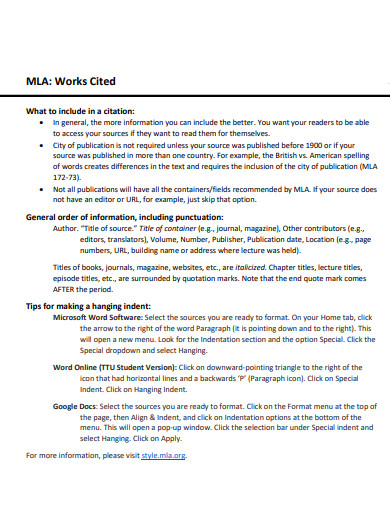
depts.ttu.edu
10. MLA and APA Format Source
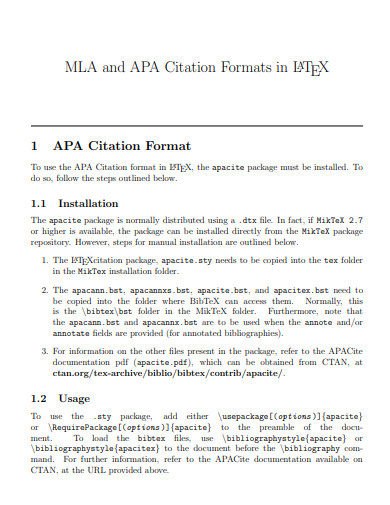
web.iit.edu
11. Sample MLA Format Source
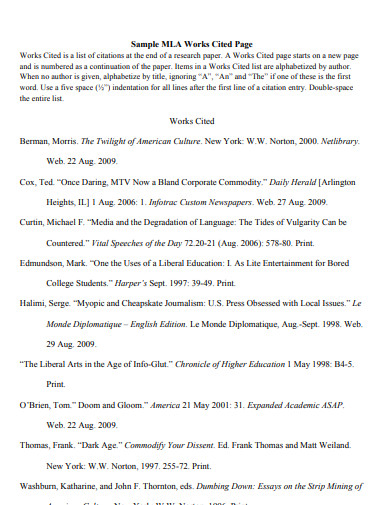
collegeofsanmateo.edu
12. Parenthetical MLA Format Source
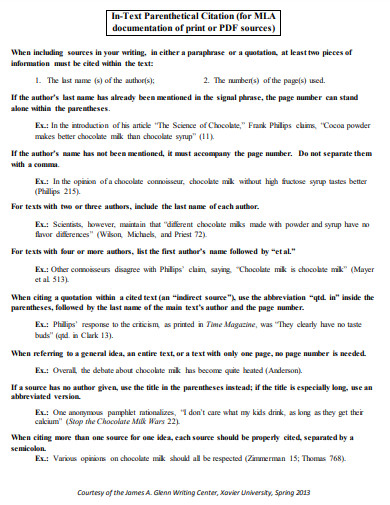
xavier.edu
13. Simple MLA Format Source
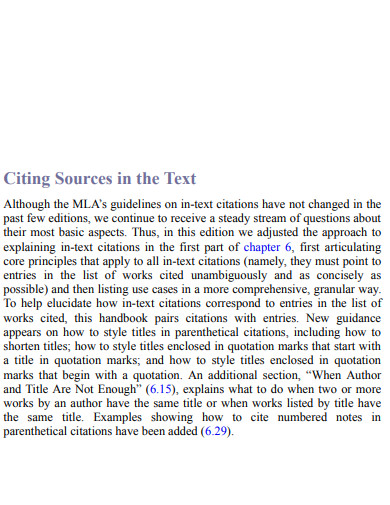
bibliotecadefilologia.usal.es
14. MLA Format Source Cheat Sheet
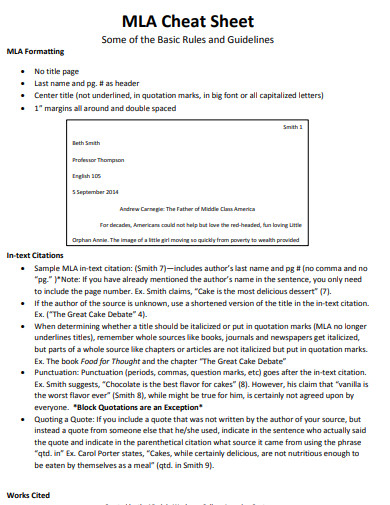
vwu.edu
15. MLA Format Source in Paper
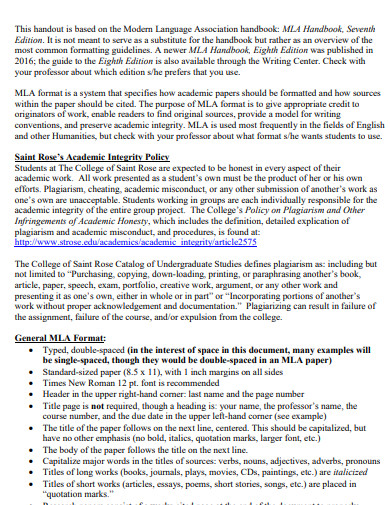
strose.edu
16. MLA Format Resource
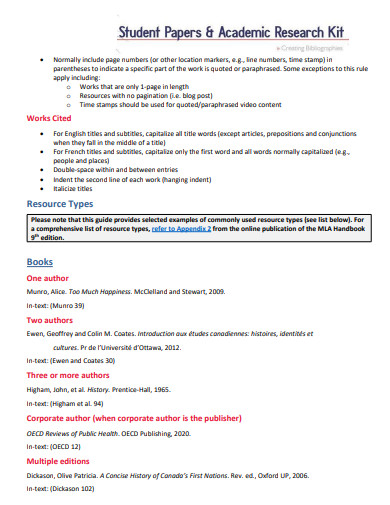
spark.library.yorku.ca
17. MLA Format Citing Source

durhamtech.edu
18. MLA Format Documenting Source
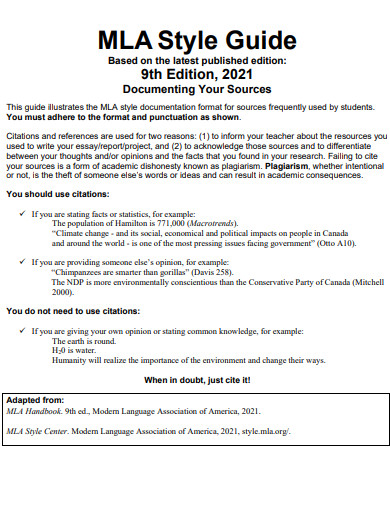
library.hcdsb.org
19. MLA Format Source Guide
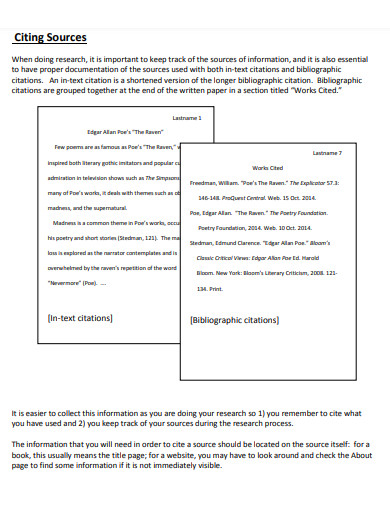
broomeclosetorg.files.wordpress.com
20. MLA 8 Format Source
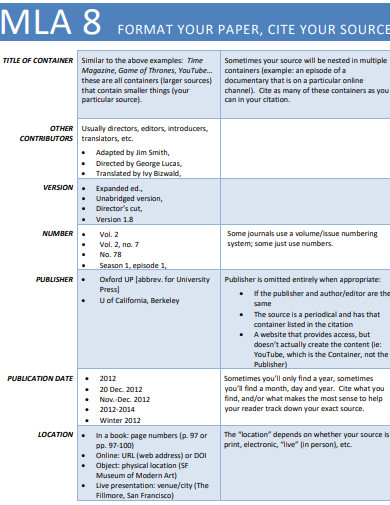
solano.edu
21. MLA Format Web Source
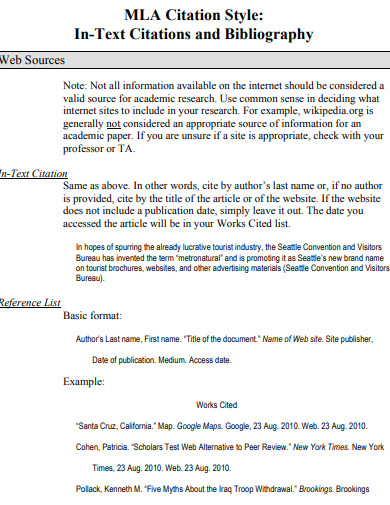
politics.ucsc.edu
22. MLA Format Citing Indirect

academics.umw.edu
23. Editable MLA Format Source
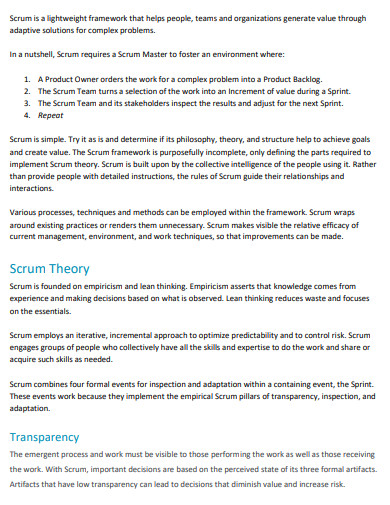
scrumguides.org
24. MLA Paper Format Source
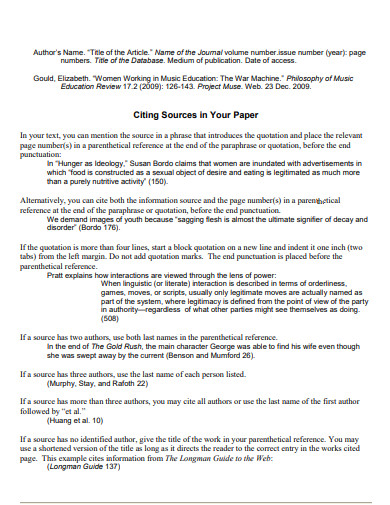
und.edu
25. MLA Format Source List
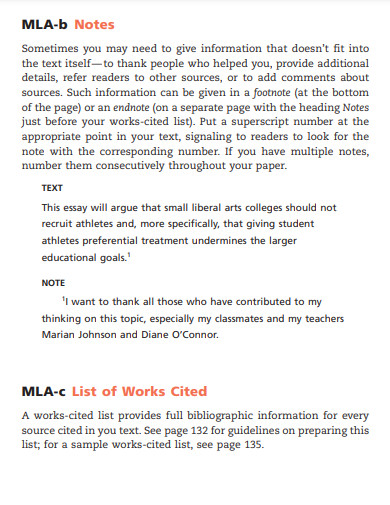
wwnorton.com
What are MLA Format Sources?
MLA Format Sources refer to the specific guidelines and rules established by the Modern Language Association (MLA) for documenting and citing sources in academic writing. These guidelines provide a framework for presenting scholarly information in a clear, consistent, and organized manner. MLA Format Sources encompass various aspects, such as in-text citations, works cited pages, parenthetical citations, and bibliographies. Adhering to these guidelines ensures that writers acknowledge the contributions of others and allows readers to locate the original sources for further study.
How to Cite Sources in MLA Format
Citing sources in MLA Format involves following a structured approach to provide accurate and consistent references. Here is a step-by-step guide to help you cite sources effectively:
Step 1: Understand the different elements of a citation:
MLA Format requires specific information to be included in citations, such as the author’s name, title of the source, publication date, and page numbers.
Step 2: Determine the type of source:
MLA Format provides different citation formats for various types of sources, including books, journal articles, websites, and more. Identify the source type and gather the necessary information.
Step 3: Use in-text citations
MLA Format utilizes parenthetical citations within the text to indicate the source of information. Include the author’s last name and the page number(s) within parentheses after the cited information.
Step 4: Create a Works Cited page:
At the end of your essay or research paper, include a separate page titled “Works Cited” that lists all the sources you cited in your work. Arrange the entries alphabetically by the author’s last names.
What is the difference between MLA Format and Chicago Format?
MLA Format and Chicago Format are two different citation styles commonly used in academic writing. While both styles require proper citation and referencing, they differ in terms of formatting rules, in-text citation methods, and overall structure. MLA Format is predominantly used in humanities and liberal arts, while Chicago Format is popular in history, social sciences, and other disciplines.
What is an MLA In-Text Citation?
An MLA In-Text Citation is a brief reference within the text of an essay or research paper that directs readers to the complete citation information in the works cited page. It typically consists of the author’s last name and the page number(s) of the cited source, enclosed in parentheses.
Do I need a research outline in MLA Format?
While MLA Format does not specifically require a research outline, it is often beneficial to create one as it helps organize your thoughts and structure your paper. An outline can serve as a roadmap for your research, ensuring that your arguments and ideas flow logically.
Mastering MLA Format Sources is crucial for academic writers to accurately cite and acknowledge the sources they use. By following the step-by-step guide and understanding the guidelines provided by the Modern Language Association, you can effectively incorporate MLA citations into your essays and research papers. Remember, properly citing sources demonstrates your respect for intellectual property and enhances the credibility of your work.


